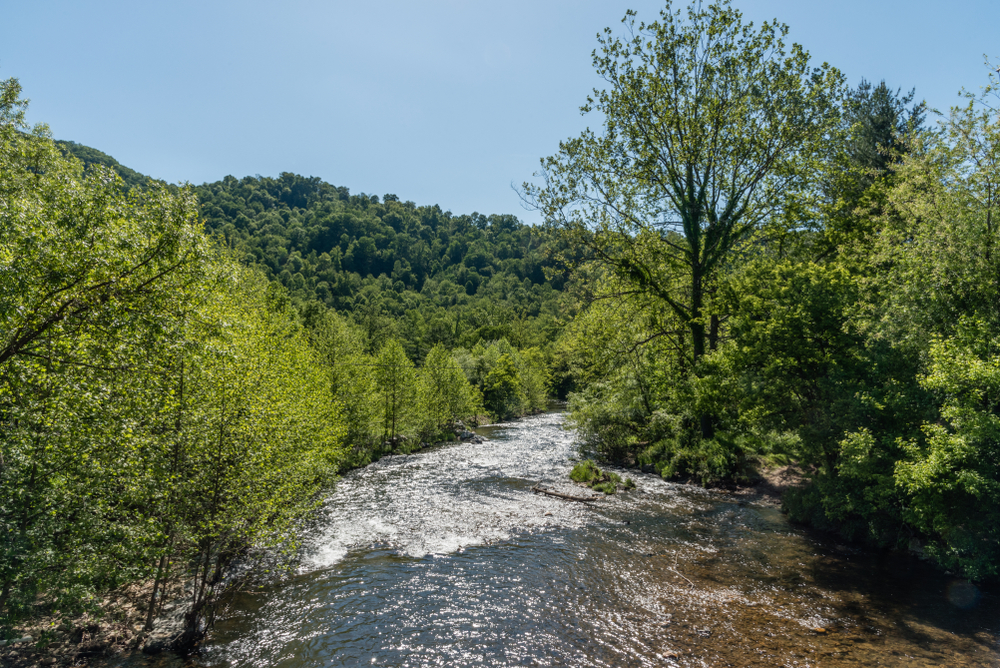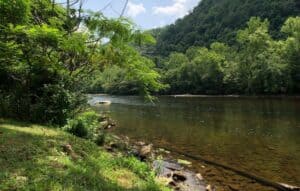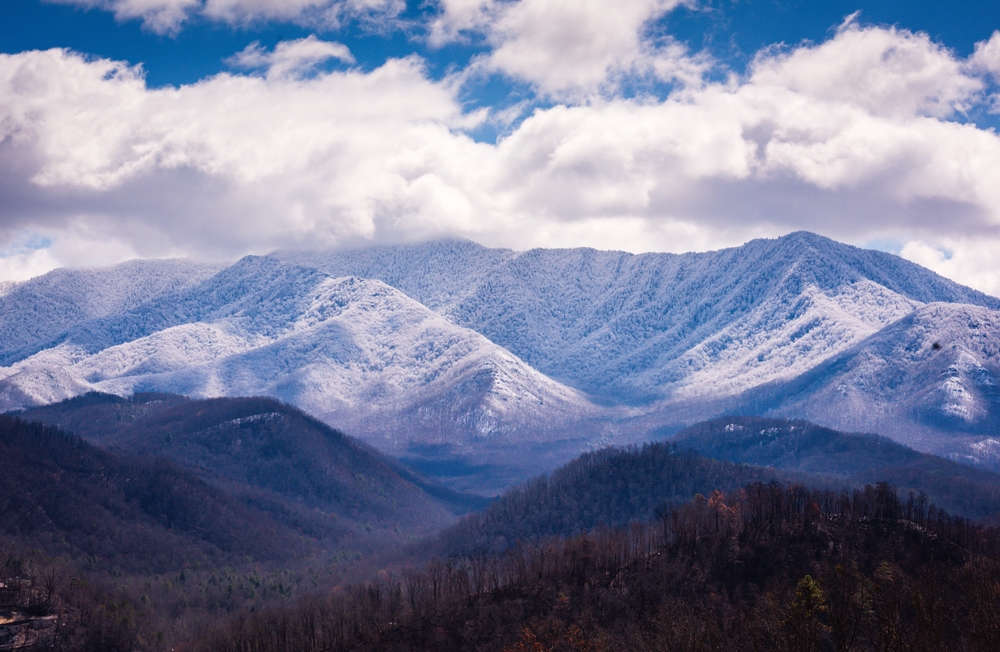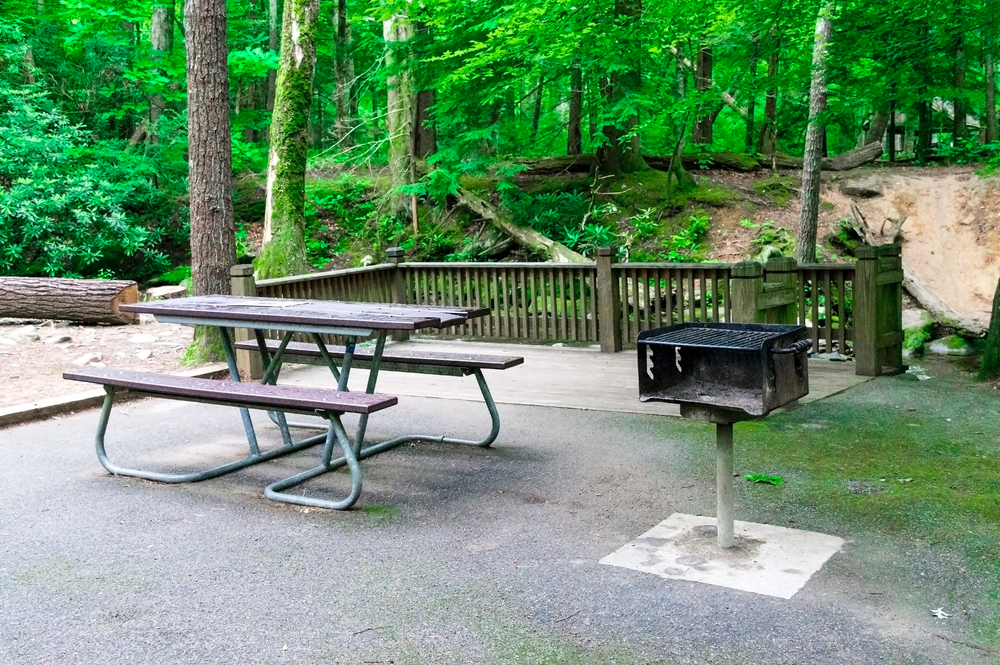
How Did the Pigeon River Get Its Name?
For those visiting the Smokies, some of the most memorable views are of the striking smoky haze surrounding the mountains and the clear, rushing water of the Pigeon River. Though most people know that the Smoky Mountains were named for the blue haze that regularly settles around the hilltops, fewer know the interesting history of the Pigeon River, including how it received its unique name.
Where does the Pigeon River start and end?
The Pigeon River is a hydroelectric dam-controlled river running along the Great Smoky Mountains National Park. The river’s dam was completed in 1930 and is 180 feet high and around 800 feet long. Originating in North Carolina, the Pigeon River runs over 70 miles from Hayword County, NC, through Denton and Hartford TN before empting into the French Broad River in Newport, Tennessee.
Read more about the Walters Dam on the Pigeon River!
How did the Pigeon River get its name?
 The Pigeon River was named after the passenger pigeons who used the water as a guide for migration each year. The birds used the river valley in North Carolina as a part of their trips each and every year until their extinction around 1914. These birds influenced much of the area’s history, as seen by the naming of the nearby town now bustling tourist destination called Pigeon Forge.
The Pigeon River was named after the passenger pigeons who used the water as a guide for migration each year. The birds used the river valley in North Carolina as a part of their trips each and every year until their extinction around 1914. These birds influenced much of the area’s history, as seen by the naming of the nearby town now bustling tourist destination called Pigeon Forge.
Check out these little-known facts about the Pigeon River!
Pigeon River vs. Little Pigeon River
A common misconception about the Pigeon River is that it’s the same as or at least connects to the Little Pigeon River that flows through Pigeon Forge and Gatlinburg. You may be more familiar with the history of the Little Pigeon River, as its known for places like the historic Old Mill in Pigeon Forge that was built in 1830 and is now a beloved restaurant and historical site.
However, the Pigeon River is a completely separate river that unlike the Little Pigeon River, offers spectacular opportunities for white water rafting! There are two main sections of the river– the Upper Pigeon River and the Lower Pigeon River, and the dam’s scheduled releases help to ensure the optimal conditions and rapids for a thrilling rafting adventure!
White Water Rafting on the Pigeon River
 At Smoky Mountain Outdoors, we offer white water rafting trips down both the Upper and Lower Pigeon River, with options for all ages. The Upper River Rafting Trip features anywhere from class 1 to class 4 rapids for an exciting and thrilling adventure. If that’s not adventurous enough for you, book our Extreme Upper River Rating Trip! For those who want a more relaxing experience, the Lower River Rafting Trip contains gently flowing water with small waves and gorgeous views through the scenic Pigeon River gorge. The rafting season is from May through September (Memorial Day – Labor Day), but Upper Pigeon River trips may be available as early as March and continue through mid-October if optimal conditions remain.
At Smoky Mountain Outdoors, we offer white water rafting trips down both the Upper and Lower Pigeon River, with options for all ages. The Upper River Rafting Trip features anywhere from class 1 to class 4 rapids for an exciting and thrilling adventure. If that’s not adventurous enough for you, book our Extreme Upper River Rating Trip! For those who want a more relaxing experience, the Lower River Rafting Trip contains gently flowing water with small waves and gorgeous views through the scenic Pigeon River gorge. The rafting season is from May through September (Memorial Day – Labor Day), but Upper Pigeon River trips may be available as early as March and continue through mid-October if optimal conditions remain.
Now you know how the Pigeon River got its name! Thinking about planning a rafting adventure? Read more about why the Pigeon River is perfect for white water rafting in the Smoky Mountains and book your trip!







